Different surgical treatment strategies for periimplantitis using graft material and membranes have been suggested. However, in these, the microbiological aspects of the periimplant environment were underestimated. The present preliminary study was aimed at analyzing a new clinical approach based on disinfection of the implant connection and of the implant surface, as well as the use of only a self-stabilizing graft material in the treatment of circumferential and semicircumferential bony defects resulting from periimplantitis.
Materials and methods
Ten consecutive patients were selected for the present study. After removal of factors that may potentially have influenced the periimplant pathology, the prosthesis was removed and a full-thickness flap was elevated to allow access to the periimplant defect and the exposed implant surface. Once the defect had been degranulated and the implant surface cleaned, bone powder was used to cover the surface. A resorbable, self-stabilizing material (GUIDOR easy-graft CLASSIC, Sunstar Suisse, Étoy, Switzerland) composed of calcium phosphate particles coated with a thin layer of PLGA was used to fill the defect. No membranes were used and the flaps were closed for a submerged healing. Two months thereafter, a new reopening procedure was performed and the cleaned superstructures and crowns were repositioned. The patients were followed for 12 months thereafter and recalled for customized oral hygiene every three months. Radiographic and periodontal analysis were performed preoperatively and every six months postoperatively. Microbiological analysis was performed preoperatively and at the last follow-up. Three types of sites in each patient were analyzed: (a) the periimplant sulcus of each implant; (b) the gingival sulci of the neighboring teeth; and (c) the connection’s inside and the abutment surface of each implant. The presence of ten common periodontal pathogens was measured.
Results
The procedure studied was associated with a pronounced increase in mucosal recession and clinical attachment level with stable periimplant conditions at six and 12 months. Plaque index, bleeding on probing and probing depth values were significantly reduced at six and 12 months. Radiographic analysis demonstrated a complete or semicomplete filling of the defect in all of the cases, with a significant bone gain at six and 12 months. Microbiological analysis, in terms of total bacterial count and single pathogens, demonstrated a significant decrease of microbiological contamination in all of the test sites between baseline and the 12 months follow-up: at the sulcus, the neighboring teeth and the connection.
Conclusion
Within the limitations of the present preliminary study, the proposed technique, in combination with a self-stabilizing graft material, offers promising results for the treatment of circumferential and semicircumferential bone defects around implants affected by periimplantitis, without the use of a membrane.
Editorial note: The full article was published in the 4/2016 issue of the Journal of Oral Science and Rehabilitation. It can be access free of charge at www.dtscience.com.
NEW YORK, U.S.: Nonsurgical therapy remains the cornerstone of periodontal treatment. To achieve this, patient compliance and proper selection and ...
The aim of this study was to exam more than 8,000 primary, non-surgical root canal treatments in the author’s general practice during 1985–1999 ...
LONDON, UK: Despite improvements in treatments, intra-bony defects are associated with progression of periodontal disease and tooth loss unless they are ...
Pulsed Nd:YAG dental lasers are surgical tools used to obtain specific surgical objectives as defined in the LANAP (laser-assisted new attachment procedure)...
Taking into consideration the active lifestyle of most of our working patients with maxillary odontogenic radicular cysts, such patients require more ...
Internal root resorption (IRR) is the loss of dental hard tissue due to odontoclastic activity. In most cases, it is asymptomatic, and the aetiology is ...
Nowadays, virtual planning and the assisted placement of implants in 3-D positions relative to the bone, soft tissue and final planned prosthesis are ...
Dental autotransplantation entails extracting and repositioning a tooth into a different site in the mouth of the same patient. A successfully transplanted ...
Broken file management is one of the most challenging parts of endodontic treatment. Regardless of whether the clinician is faced with a retreatment ...
Live webinar
Mon. 12 January 2026
9:00 am EST (New York)
Prof. Judith Jones D.D.S; M.P.H., Prof. Kakuhiro Fukai D.D.S., Ph.D, Dr. Bathsheba (Bethy) Turton
Live webinar
Wed. 14 January 2026
12:00 pm EST (New York)
Dr. Théo Laplane, Dr. Robert Gottlander DDS
Live webinar
Fri. 16 January 2026
12:00 pm EST (New York)
Live webinar
Mon. 19 January 2026
1:00 pm EST (New York)
Philipp Kopp, Michael Seeber
Live webinar
Thu. 22 January 2026
2:00 pm EST (New York)
Dr. Nicola M. Grande DDS, PhD
Live webinar
Wed. 28 January 2026
8:00 am EST (New York)
Live webinar
Wed. 28 January 2026
11:00 am EST (New York)
Prof. Dr. Jan-Frederik Güth



 Austria / Österreich
Austria / Österreich
 Bosnia and Herzegovina / Босна и Херцеговина
Bosnia and Herzegovina / Босна и Херцеговина
 Bulgaria / България
Bulgaria / България
 Croatia / Hrvatska
Croatia / Hrvatska
 Czech Republic & Slovakia / Česká republika & Slovensko
Czech Republic & Slovakia / Česká republika & Slovensko
 France / France
France / France
 Germany / Deutschland
Germany / Deutschland
 Greece / ΕΛΛΑΔΑ
Greece / ΕΛΛΑΔΑ
 Hungary / Hungary
Hungary / Hungary
 Italy / Italia
Italy / Italia
 Netherlands / Nederland
Netherlands / Nederland
 Nordic / Nordic
Nordic / Nordic
 Poland / Polska
Poland / Polska
 Portugal / Portugal
Portugal / Portugal
 Romania & Moldova / România & Moldova
Romania & Moldova / România & Moldova
 Slovenia / Slovenija
Slovenia / Slovenija
 Serbia & Montenegro / Србија и Црна Гора
Serbia & Montenegro / Србија и Црна Гора
 Spain / España
Spain / España
 Switzerland / Schweiz
Switzerland / Schweiz
 Turkey / Türkiye
Turkey / Türkiye
 UK & Ireland / UK & Ireland
UK & Ireland / UK & Ireland
 Brazil / Brasil
Brazil / Brasil
 Canada / Canada
Canada / Canada
 Latin America / Latinoamérica
Latin America / Latinoamérica
 USA / USA
USA / USA
 China / 中国
China / 中国
 India / भारत गणराज्य
India / भारत गणराज्य
 Pakistan / Pākistān
Pakistan / Pākistān
 Vietnam / Việt Nam
Vietnam / Việt Nam
 ASEAN / ASEAN
ASEAN / ASEAN
 Israel / מְדִינַת יִשְׂרָאֵל
Israel / מְדִינַת יִשְׂרָאֵל
 Algeria, Morocco & Tunisia / الجزائر والمغرب وتونس
Algeria, Morocco & Tunisia / الجزائر والمغرب وتونس
 Middle East / Middle East
Middle East / Middle East
























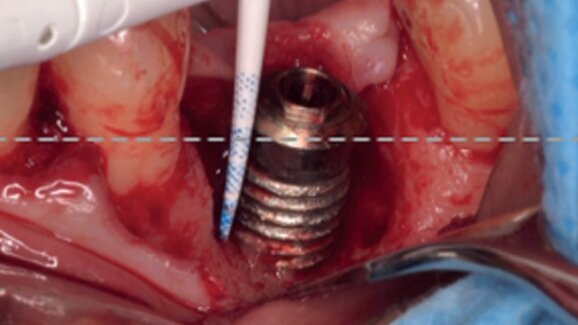



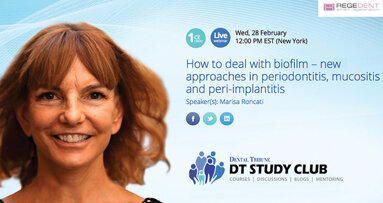
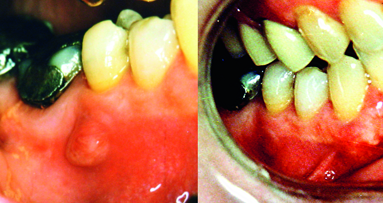
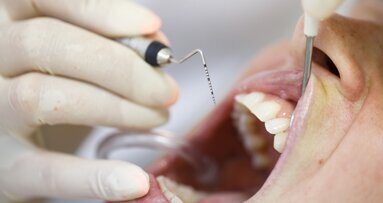
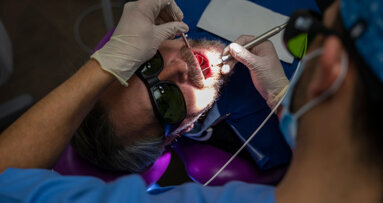
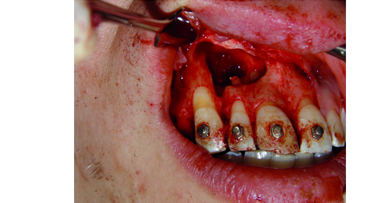
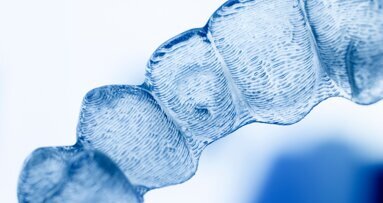
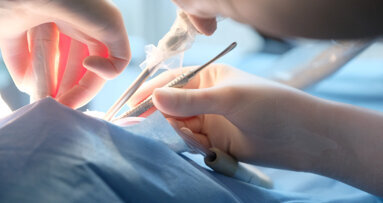
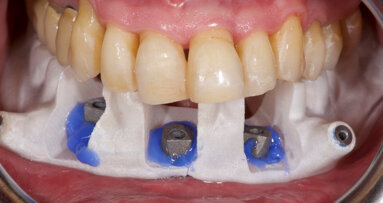
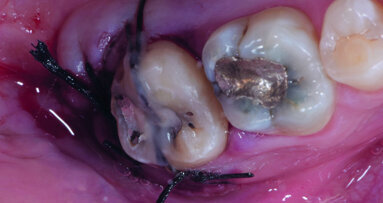
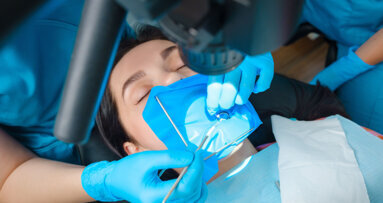









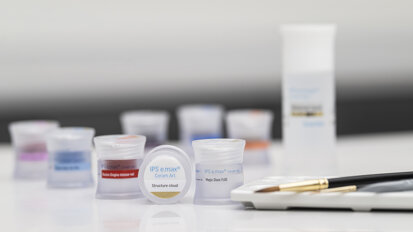
To post a reply please login or register